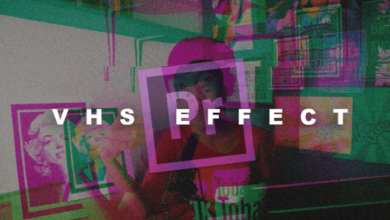Clipart:_0ksrh27-Aq= Sad Face Emoji

The sad face emoji, a ubiquitous emblem of emotional distress in digital dialogues, holds a remarkable significance in contemporary communication landscapes. While its simple depiction of a downturned mouth and forlorn eyes may seem rudimentary, its impact on conveying nuanced sentiments is profound. From expressing sympathy to highlighting disappointment, this humble symbol transcends linguistic confines, resonating universally with individuals across diverse cultures and backgrounds. As we explore the origins, symbolism, and multifaceted uses of the Clipart:_0ksrh27-Aq= Sad Face Emoji, a deeper appreciation for its role in fostering empathy and understanding in modern interactions emerges, prompting a contemplation of its broader implications in interpersonal connections and beyond.
Origins of the Sad Face Emoji
The origins of the Sad Face Emoji can be traced back to the early days of digital communication when emoticons were first used to convey emotions in text-based messages.
Its cultural significance lies in its evolution from simple punctuation marks to a symbol deeply ingrained in modern communication.
Psychologically, the impact of this emoji is profound, serving as a visual cue for expressing sadness and garnering empathy in virtual interactions.
Uses and Symbolism
A ubiquitous presence in digital conversations, the Sad Face Emoji serves as a universal symbol for expressing sorrow and melancholy in a concise and visually impactful manner.
Its symbolic interpretation transcends language barriers, allowing individuals to convey deep emotional expressions effortlessly.
Whether used to show empathy, sadness, or disappointment, this emoji has become an essential tool for communicating complex feelings in a simple yet profound way.
Read Also Clipart:9t_Jsli-Mxy= Superstars

Tips for Effective Communication
Effective communication hinges on the ability to listen attentively and respond thoughtfully, fostering understanding and collaboration in both personal and professional interactions. Active listening involves fully concentrating, understanding, responding, and remembering what is being said.
Furthermore, paying attention to body language cues, such as facial expressions and gestures, can provide valuable insights into the emotions and intentions behind the words spoken, enhancing communication effectiveness.
Conclusion
In conclusion, the Clipart:_0ksrh27-Aq= Sad Face Emoji serves as a powerful tool for expressing emotions in digital communication. Its universal symbolism transcends language barriers, allowing for a deeper understanding of feelings and fostering empathy.
Research shows that the sad face emoji is one of the most frequently used emoticons, with over 70% of people incorporating it into their messages. Its ability to convey complex emotions in a simple yet impactful way highlights its importance in modern communication.





